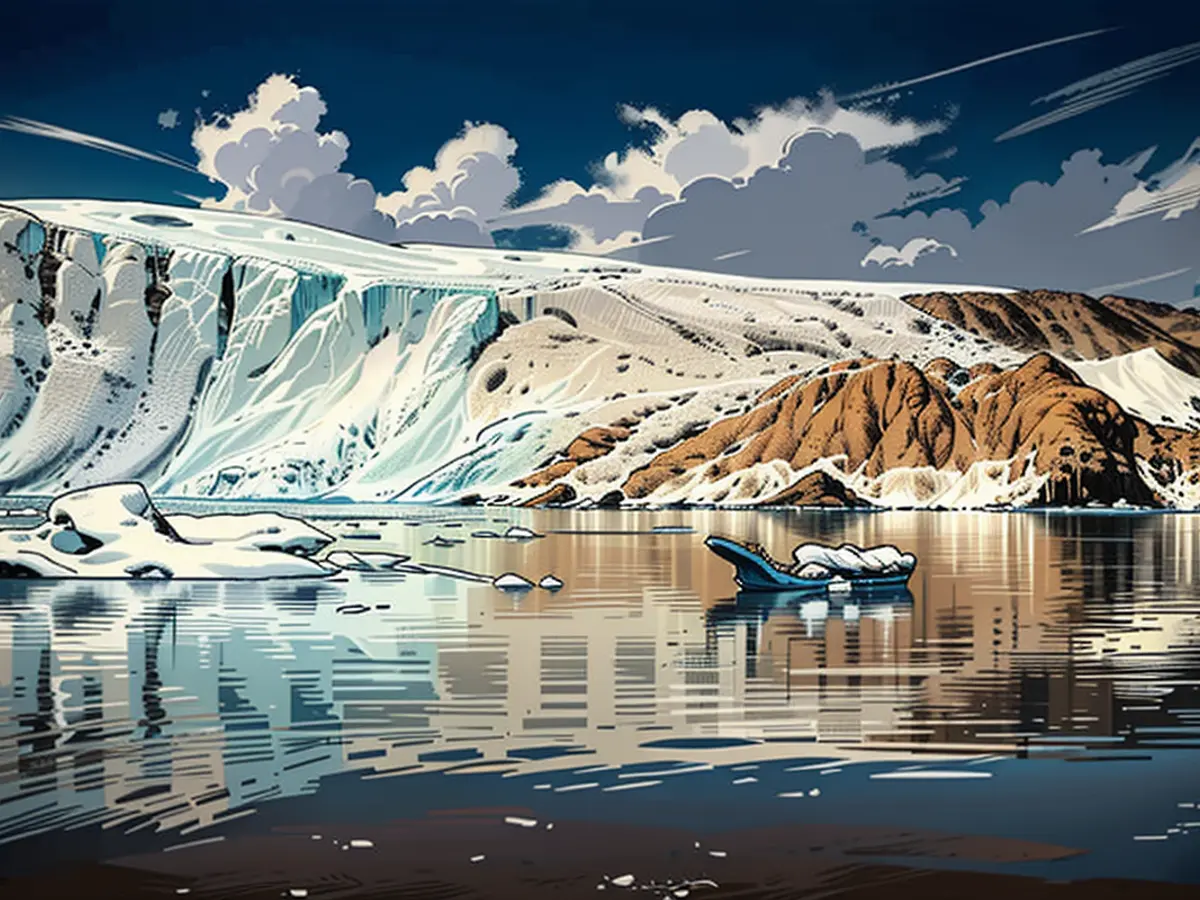Andalusian glaciers are melting rapidly
The ice in the tropical Andes is melting to a minimum. Climate change is to blame. A research team can prove this by examining ice samples. The experts see this as a sad trend and warn.
Many glaciers in the southern Andes have shrunk to an unprecedented extent. An international research group reports this after examining rock samples. "Our data suggests that many tropical glaciers are probably smaller now than they have been in the last 11,700 years," the team led by Andrew Gorin of the University of California in Berkeley writes in the journal "Science". "This makes the tropics the first major region where this milestone has been documented."
Around 11,700 years ago, when the current Holocene epoch began with the warming after the last ice age, many glaciers and ice sheets, which extended from the north even to Central Europe, melted. In recent decades, the remaining ice masses have been shrinking particularly quickly.
Smaller tropical glaciers may react faster to climate change
"At least in most places in the Northern Hemisphere, glaciers are still larger than their minimum extent in the Holocene," the study authors write. The Quelccaya ice cap in southern Peru, the largest tropical ice field in the world at around 40 square kilometers, was also smaller at some point during the Holocene, according to a study published in 2023.
However, this does not necessarily apply to all glaciers in the Andes. Gorin and colleagues consider the Quelccaya ice cap to be a poor indicator of the state of the glaciers in the mountains due to its large mass: "Many smaller tropical glaciers may react more quickly to modern climate change than the Quelccaya ice cap and may have retreated by a larger portion of their total length as a result," they write. To test this, they took samples of rocks below the respective glacier tongue, which were still under glacier ice a few years or decades ago. The glaciers are located in Colombia, Peru, and Bolivia.
Isotopes in rock samples provide answers
The team examined the amount of radioactive isotopes Beryllium-10 and Carbon-14 in the samples. Both isotopes are produced by cosmic radiation and are therefore found on the surface of rock that has been directly exposed to cosmic radiation. In most of the 20 samples, the amount of isotopes was very low. This means they have not been exposed to cosmic radiation for a long time - because they were previously covered by ice.
The scientists also considered the erosion of the rock, which could have removed isotopes from the rock. However, the usual erosion rate in the region could only explain a small part of the low number of isotopes. Gorin and colleagues also see their work as a warning of what could happen to glaciers in other parts of the world in the future.
The shrinking of tropical glaciers, as seen in the Andes, can be linked to the global warming trend. According to the researchers, the low amount of radioactive isotopes in rock samples beneath these glaciers suggests that they were once covered by ice, indicating their retreat due to climate change.







